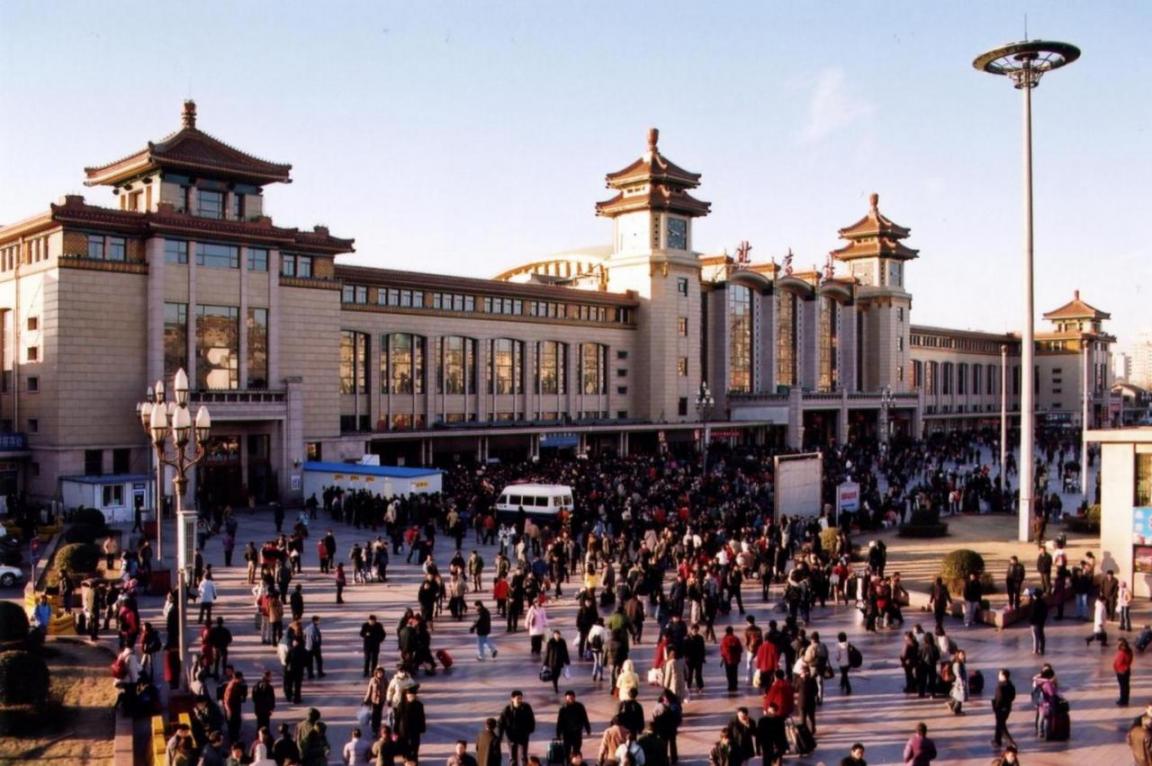The rapid rise of China’s outbound direct investment in the past decade is a significant economic phenomenon, one met with a lot of resistance in some destination countries, particularly due to the abundance of state-owned enterprises. But despite concerns over SOEs’ motivations and political connections, the recent round of SOE reform brings good prospects for further Chinese ODI.
According to China’s Ministry of Commerce, in 2014 Chinese companies invested $116 billion in 156 countries–about 45 times more than in 2002. The country ranks first among developing countries in both ODI stock and flow. And there is vast potential for additional ODI growth, Xinhua reported.
In 2014, China’s GDP per capita reached $7,485. At this time, China became a net exporter of direct investment. It is estimated that China’s ODI will increase at the annual compound growth rate of 19-22% in the decade from 2013. This would make the total increased volume of China’s ODI during 2013-20 between $2.5 trillion and $3.6 trillion.
But the rapid growth of China’s ODI has led to concern in some host destinations. These concerns come from not only the media and the general public, but also governments, scholars and other analysts.
A leading concern is the high share of China’s ODI by Chinese SOEs. Chinese ODI is in fact dominated by SOEs, especially before 2009. According to the ministry calculations, between 2005 and 2013, 89.4% of the $807.5 billion of Chinese ODI and contracts were linked to SOEs.
Concerns
Among the concerns of ODI recipient countries is that SOE ODI is driven by the Chinese government, with political and state-based strategic considerations rather than commercial ones. That generates fear that SOE investment is potentially harmful to the national interest of destination countries.
In response to such concerns, the overseas regulatory environment confronting China’s ODI is getting tougher, especially towards SOEs. The United States passed the Foreign Investment and National Security Act in 2007. Australia and Canada also issued new foreign investment guidelines in 2008 and 2009 respectively. All have made SOEs’ investments in their domestic markets more difficult.
In 2003, the Chinese government established the State-Owned Assets Supervision and Administration Commission. Unlike former regulators, SASAC enjoys consolidated powers over SOE regulation. There has been a massive shift from fragmented to concentrated regulatory power.
China’s SOE ODI is also negatively influenced by the political environment. China’s corruption problem is severe. In 2014, China ranked 100th among 175 countries on the Transparency International’s Corruption Perceptions Index. Corruption can lead to low-quality investment–domestically and internationally–and so imposes a cost on the SOE owner and the Chinese economy.


